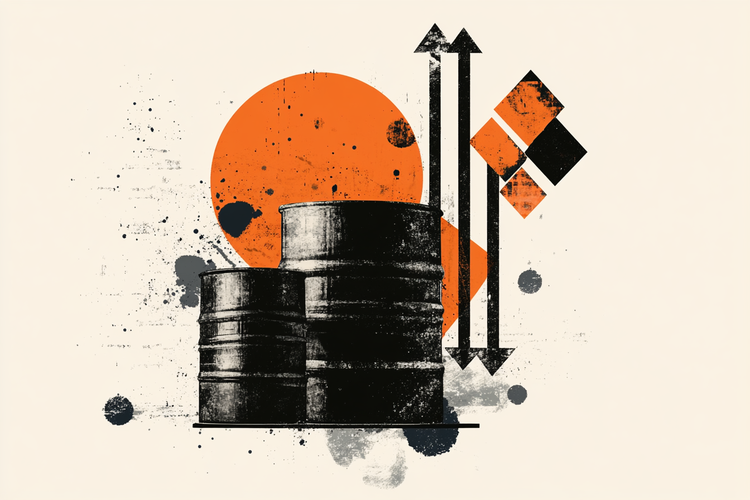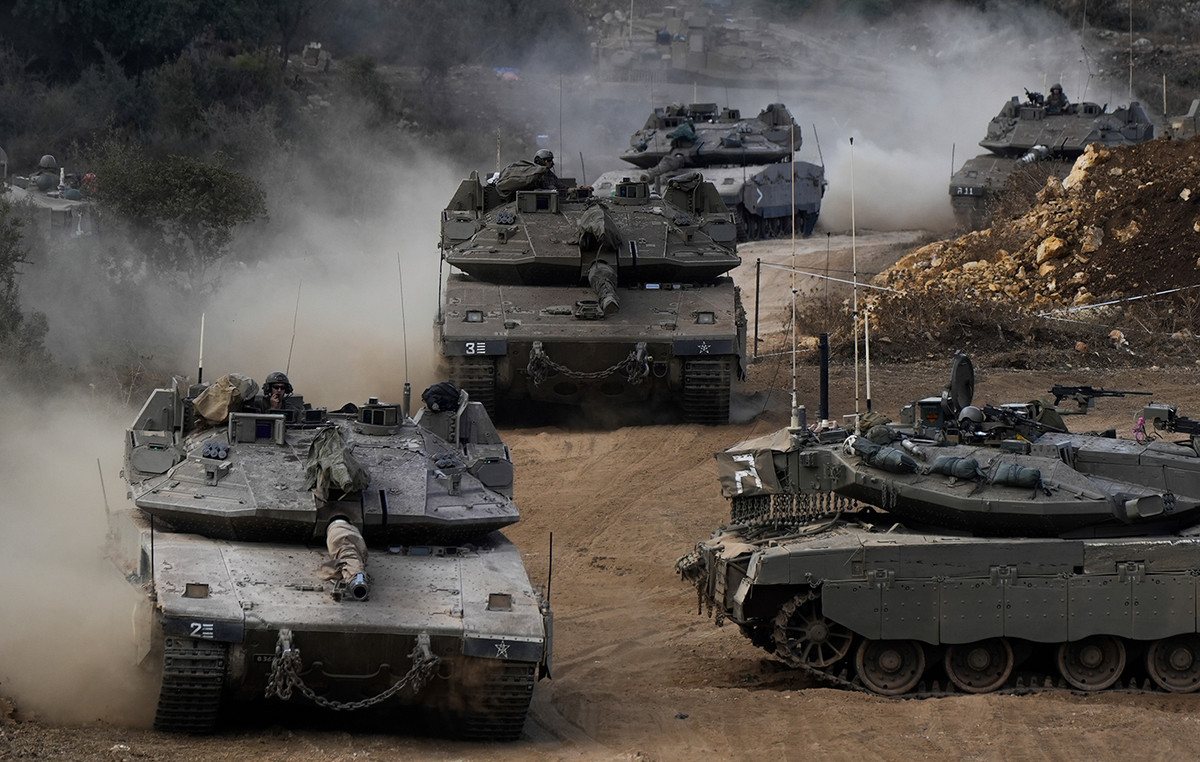By Leonidas Stergiou
The data of the first quarter and the indications until the middle of May confirm the goals of the National Bank for 2022, according to Mr. Pavlos Mylonas, answering relevant questions from international analysts during the presentation of the results.
The goals
According to Mr. Mylonas, despite the negative environment due to the energy crisis, the data so far and the results of the first quarter show that the goal of increasing profitability by 9% in 2022 will be achieved, a net credit expansion of 1.5-2 billion euros, reduction of red loans below 6% and maintenance of the capital adequacy ratio at the level of 15-16%. He referred to the annual targets that the EIB had communicated to investors for 2022 during the presentation of the results of 2021, in March.
Dividend
It is recalled that for the dividend, Mr. Mylonas had answered then that the Bank’s goal is to distribute a dividend from the profits for 2022 (in 2023). However, he had clarified that the percentage will initially be small, of the order of 15%, subject to the decisions of the competent supervisory authorities.
Accuracy-effects
Asked about the effects of high inflation, the energy crisis and lower growth, combined with rising interest rates, Mr Mylonas said that the positive effects of 2021, the low unemployment rate, the Recovery Fund , high deposits and government support measures will offset the losses from declining disposable income due to high prices.
Red loans
However, Mr. Mylonas stated that the Bank closely monitors the data regarding the creation of red loans and does not underestimate the risks. For this reason, it keeps the forecasts and risk costs higher in proportion to the stock of red loans, which decreased further in the first quarter.
Insisting on the same issue, the analysts of the National Bank stated that in the first quarter the stock of red loans fell to 2 billion from 2.1 billion in the fourth quarter of 2021, with the corresponding NPE index falling from 6.9% to 6.5%. In the first quarter, the creation of new red loans amounted to 91 million euros, but organic (arrangements, recoveries, etc.) and non-organic reduction (sales, write-offs, etc.) there was a net reduction of non-performing exposures by 127 million euros. Asked about the forecasts for red loans for the second half of the year, the EIB’s management said that the trend is expected to remain at the level of the first quarter.
Interest income
Frontier securitization and other non-Herculean loan sales also contributed to the reduction in red loans, which at the same time reduced interest income, despite the increase in credit expansion by 1.5 billion euros on an annual basis. Frontier securitization cost about 1 percentage point in the interest margin. However, taking into account the strong demand for loans, mainly business loans, the EIB maintains the annual target for net disbursement of loans of 1.5-2 billion in 2022. This amount corresponds to new disbursements of more than 5 billion euros. In fact, analysts were told that in the second quarter until mid-May, there were new loan disbursements of 0.8 billion, again starring business loans, mainly in the energy, tourism and manufacturing sectors. Dynamics also appears in retail banking, mainly in mortgages, where support is expected in the coming quarters.
Regarding the effects on profitability from the energy crisis, lower growth and rising interest rates, Mr. Mylonas said that in terms of risks no change is expected, as the negative effects are offset by the positive ones. With regard to interest rates, the EIB estimates that by raising the ECB interest rates by 0.5 of the unit (from -0.5% to 0%), the additional income for the Bank will be EUR 80 million. An additional increase in interest rates by 50 basis points (from 0% to 0.5%) leads to additional income by 120 million euros.
In terms of commission income, the large increase in the first quarter is considered sustainable by the EIB, as it will be strengthened in the coming quarters mainly by investment management.
Breaking results
In another question regarding the extraordinary effects on the results and the funds, Mr. Mylonas clarified that there are those of Frontier and the sale of National Insurance to CVC, while in the next quarters the transaction of the sale of the card system and the strategic cooperation will be recorded. with EVO.
Capital
In particular, from the profitability, the capital adequacy ratio increased by 30 basis points, while from the sale of National Insurance by 40 basis points. The reduction of deferred tax and other technical adjustments had a negative effect by 50 basis points. The transaction with EVO will have a positive effect of 90 basis points on the funds (reaching the total capital adequacy ratio at 16.2% in 2022), while there is room for raising funds (200 basis points). Fundraising will also depend on market conditions. The extraordinary profits of 152 million euros in the first quarter include the impact of the sale of National Insurance. The cost of funds from Frontier was recorded in the previous year. The second Frontier securitization of 900 million euros is expected to be completed in 2022.
Operating expenses
Operating expenses in the first quarter decreased by 1% mainly as a result of the reduction of staff costs and number of stores. It is noted that this reduction has included the higher costs due to the volunteer program.
Thus, as stated by Mr. Mylonas, the goal of the three-year plan will be achieved, which provides for a 10% increase in profitability (asset return ratio or ROE) and a reduction in the cost-to-income ratio below 50%.
Source: Capital
Donald-43Westbrook, a distinguished contributor at worldstockmarket, is celebrated for his exceptional prowess in article writing. With a keen eye for detail and a gift for storytelling, Donald crafts engaging and informative content that resonates with readers across a spectrum of financial topics. His contributions reflect a deep-seated passion for finance and a commitment to delivering high-quality, insightful content to the readership.







